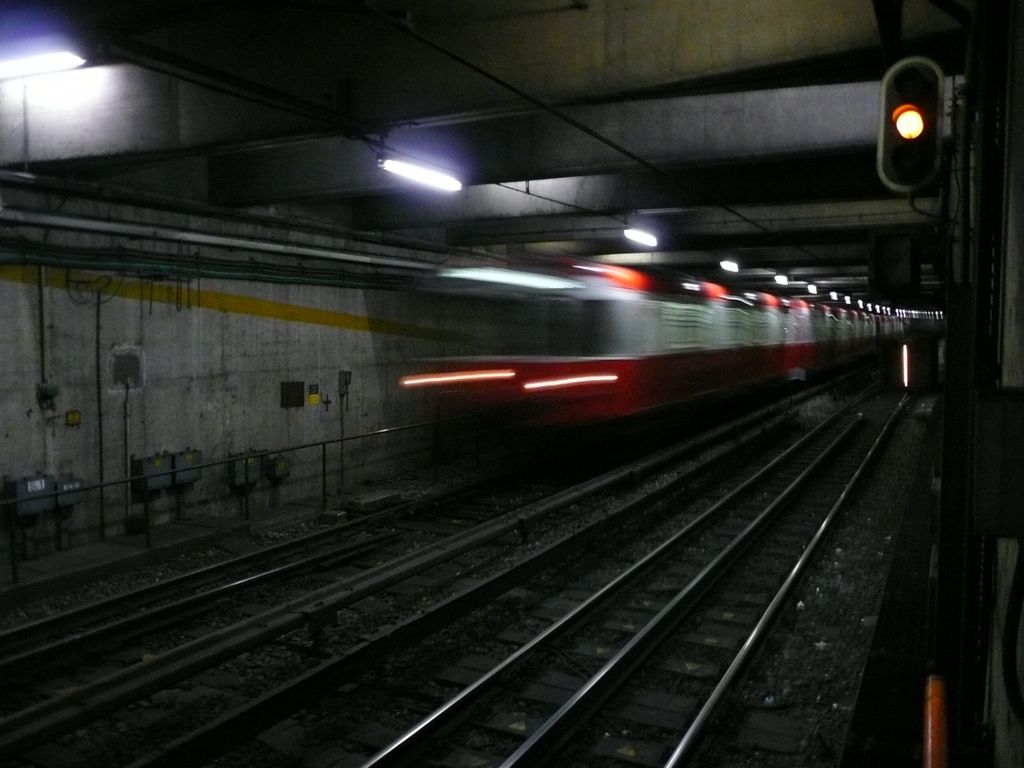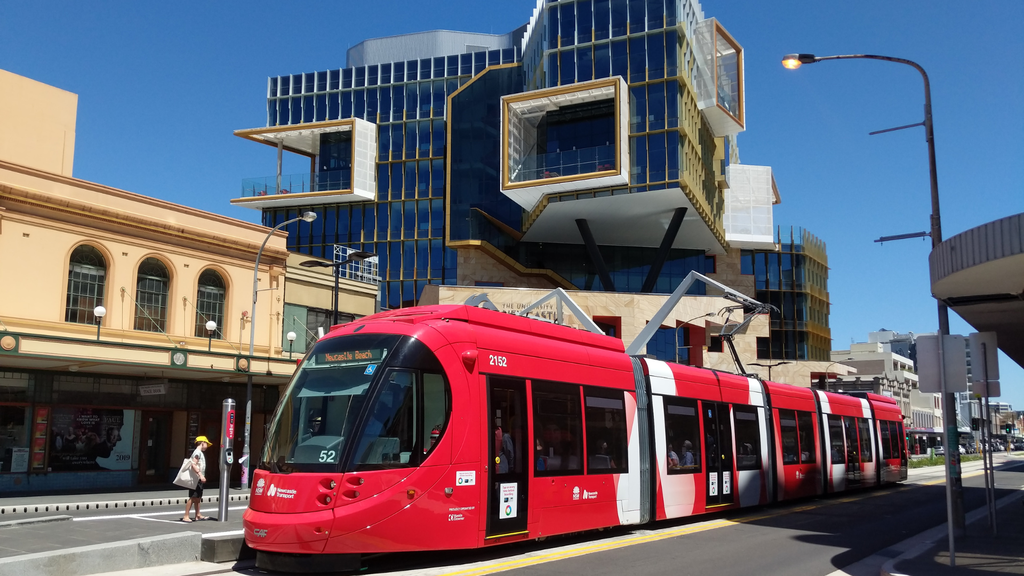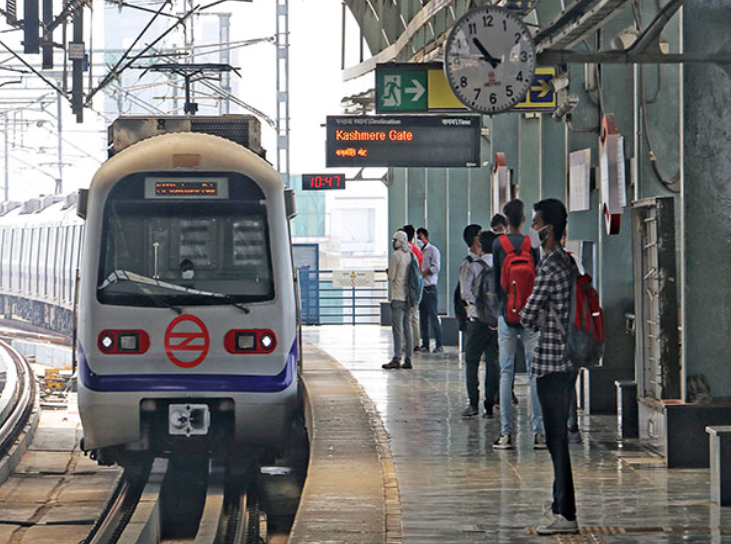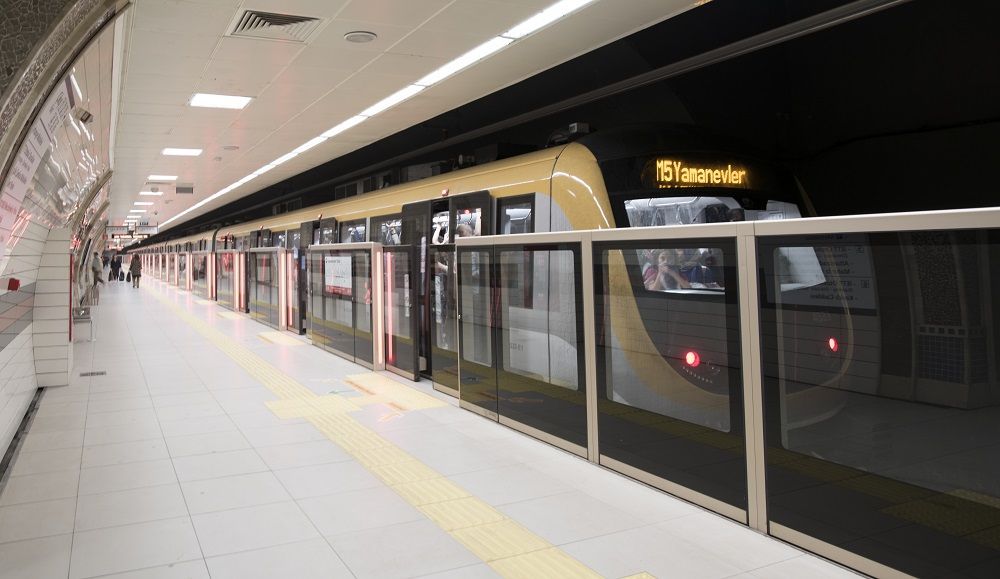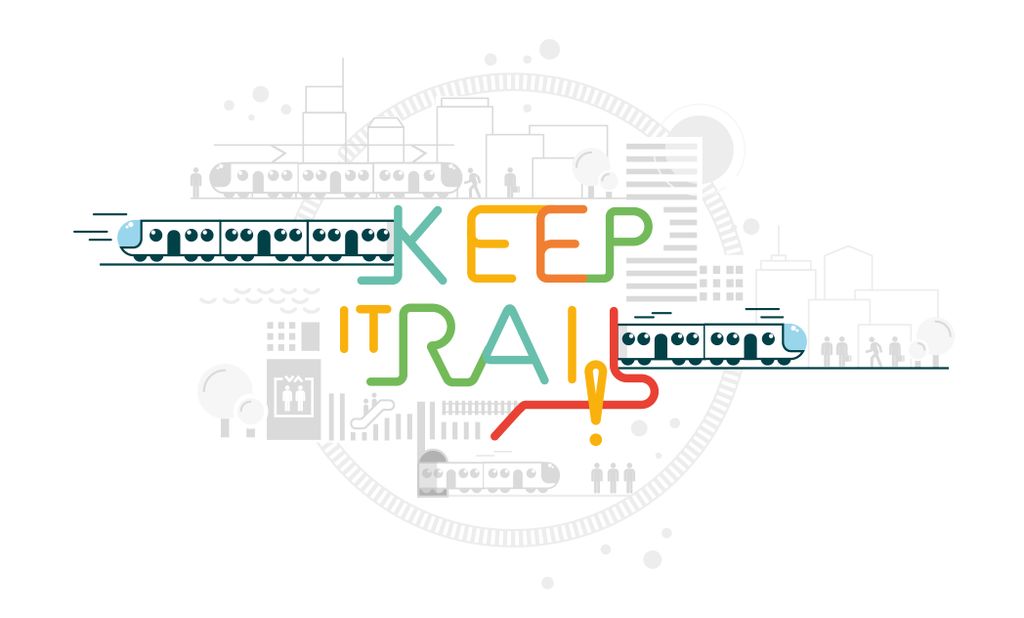
Keep it Rail!
It’s time to Keep it Rail!
Rail plays a vital role to keep cities and regions alive and moving, providing a safe, smart and sustainable means of transport. Regional, suburban, urban and local rail transport is an essential and innovative component of the overall rail sector, helping citizens to connect with each other and move in and around regions and cities.
2021 is the EU Year of Rail

January 2021 marks the debut of the European Year of Rail, an EU initiative to highlight the benefits of rail as a sustainable, smart and safe means of transport. The EU Year of Rail aims to create momentum to help increase rail’s share of passenger and freight transport, cutting transport greenhouse gas emissions and pollution.
UITP is taking this opportunity to launch Keep it Rail!, a series of activities to promote the use of regional and local rail transport. Throughout 2021, UITP will organise events and launch new publications and projects to highlight the key contribution of rail transport in citizens’ everyday lives.
UITP is proud of acting as the platform uniting the various stakeholders related to efficient and sustainable mass transit systems, including rail. With close to 250 member rail operating companies coming from over 50 countries from around the world, in addition to organising authorities and suppliers, we have provided a space for immense knowledge creation, sharing and dialogue between these essential players. The members must be applauded for their openness and their dedication to advancing rail lines and public transport.
Stay on track with our Rail Events in 2021…
UITP on the Connecting Europe Express
On 4 October 2021, UITP Secretary General Mohamed Mezghani boarded the Connecting Europe Express. Criss-crossing 26 countries, this train will trace many of the routes that bind us together, connecting countries, businesses and people. The train showcased the unifying force of rail.
Rail Accessibility Day, in collaboration with UIC
The Rail Accessibility Day 2021, on 5 October 2021, raised awareness about the importance of inclusion for the future of sustainable mobility with rail as the backbone, without leaving anyone out.
Discover UITP’s publications on Rail
Over the years, UITP has produced a number of publications to highlight the importance of regional and local rail, such as the Statistics brief on light rail and tram – the European outlook, the Statistic brief on World metro figures.
UITP will take the opportunity of the European Year of Rail to update these publications and launch new ones with the objective to promote rail as a sustainable mode of transport.

Win back passengers: UITP makes a first assessment of COVID-19 measures taken by public transport networks
Since the beginning of the COVID-19 crisis, the public transport sector has demonstrated its capacity to provide essential mobility services to citizens in the context of a global pandemic. In a new report called ‘Win Back Passengers’, UITP makes a first quantitative assessment of the measures taken by public transport networks during the COVID-19 crisis. Based on a survey filled in by UITP members, the report identifies public transport operators and authorities’ priorities to bounce back better in a post-COVID ‘new normal’ environment.
In total, 38 public transport operators and authorities of more than 15 EU and non-EU countries covering all public transport modes took part in the survey. The results of this assessment show that the common backbone of measures implemented since March 2020 is generally seen as having a positive immediate effect.
Check out our Rail Statistics Briefs
The total number of regional and suburban Rail passengers carried in 2006 was more than 6, 800 million. In nearly 10 years, demand has increased by 31% to reach 8,9 billion journeys.
With a total annual ridership in Europe of 10,422 million in 2018, light rail and tram carry as many passengers as metros and regional/commuter rail, and 10 times more passengers than air travel in Europe.
In Europe, metro systems carry 10,750 million passengers annually.
*Acting on behalf of Mohamed Mezghani SARL
**On the one hand, ridership has been rising in many cities/regions (and we estimate it has as a whole in Europe) in recent years, before the COVID-19 pandemic.
COVID-19 has severely impacted ridership in 2020/2021 (and still is) and there are uncertainties as to the rate of recovery, however urban rail will remain essential for mass urban transport whatever the rate of recovery is.
Source: Regional and suburban railways market analysis update (2016), p.19 – link / Statisctics Brief – Light Rail and tram: The European outlook (2019), p.2 (2019) , p.2 – link / Statistics brief – World metro figures (2018), p.1 – link
Membership benefits









